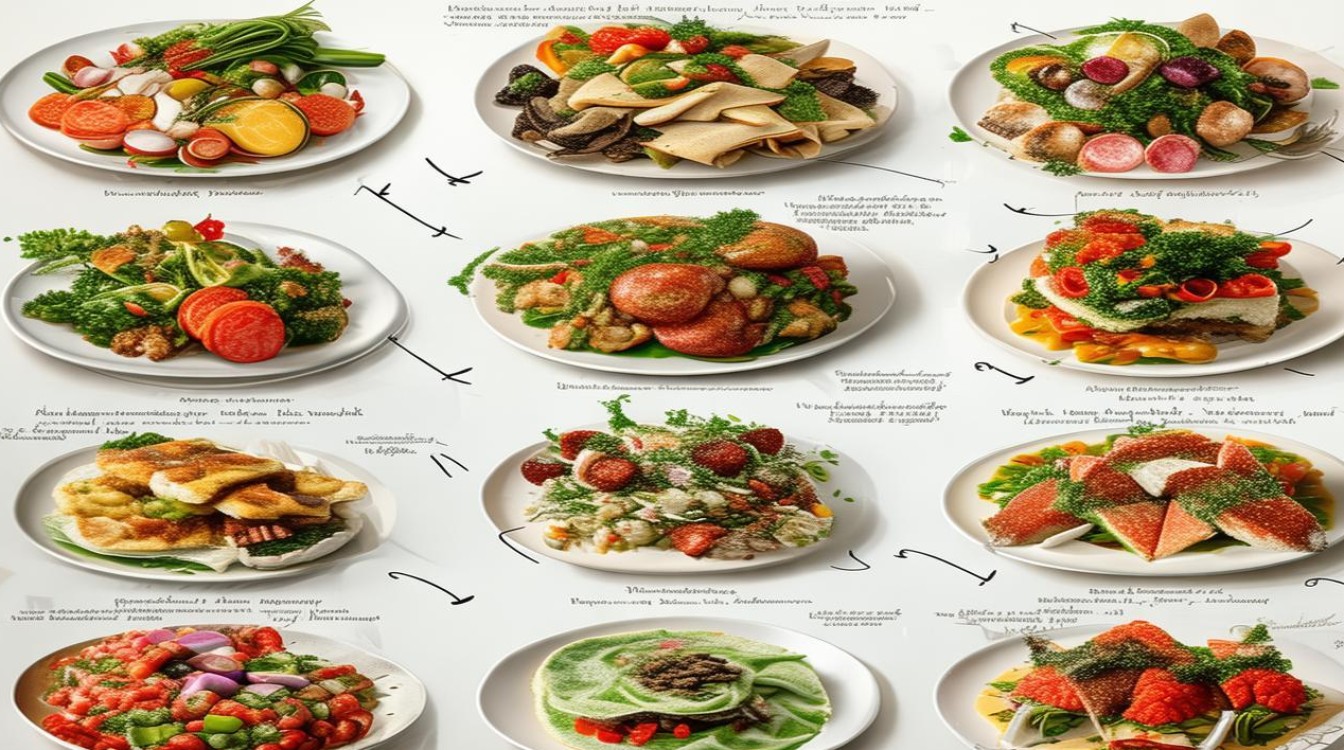When we encounter a truly remarkable dish, finding the right words to express our admiration can elevate the dining experience. Whether you're a food blogger, a restaurant reviewer, or simply someone who loves sharing culinary discoveries, mastering the art of praising food in English adds flair to your descriptions. This guide explores rich, expressive vocabulary to help you articulate just how incredible a meal tastes.

Basic Yet Powerful Adjectives
Start with these foundational words that never fail to impress:
- Delicious – A universal favorite, perfect for any well-prepared dish.
- Tasty – Simple but effective, indicating strong flavor.
- Flavorful – Highlights rich and well-balanced taste.
- Delectable – Suggests something exceptionally pleasing to the palate.
- Scrumptious – Playful and enthusiastic, great for indulgent foods.
Words for Texture and Mouthfeel
Texture plays a crucial role in how we perceive food. Use these terms to describe the physical sensation of eating:
- Crispy – Perfect for fried chicken, fresh lettuce, or baked goods.
- Tender – Ideal for meats that melt in your mouth.
- Creamy – Describes smooth, rich foods like sauces or cheesecake.
- Juicy – Best for succulent meats or ripe fruits.
- Fluffy – Great for light, airy bread or pancakes.
Sophisticated Terms for Gourmet Experiences
Impress readers with these refined descriptors:
- Savory – Denotes deep, umami-rich flavors.
- Aromatic – For dishes with enticing, fragrant spices.
- Exquisite – Implies rare, high-quality preparation.
- Ambrosial – Literally means "food of the gods," perfect for heavenly desserts.
- Piquant – Describes a pleasantly sharp or spicy taste.
Words for Sweet and Dessert Delights
When describing desserts, these words make your writing irresistible:

- Decadent – Implies rich, indulgent sweetness.
- Luscious – Suggests a thick, velvety quality.
- Mouthwatering – Makes readers crave a bite.
- Sinful – Playfully suggests irresistible richness.
- Divine – Reserved for truly extraordinary sweets.
Phrases to Elevate Your Food Descriptions
Sometimes, a single word isn't enough. Try these phrases:
- "A symphony of flavors" – For complex, well-balanced dishes.
- "Bursting with freshness" – Ideal for salads or seasonal produce.
- "Melt-in-your-mouth goodness" – Perfect for tender meats or delicate pastries.
- "A perfect harmony of sweet and savory" – Great for dishes with contrasting tastes.
Words for International Cuisines
Different cultures have unique flavor profiles. Here’s how to praise them:
- Umami-packed – For Japanese or Korean dishes with deep savory notes.
- Zesty – Describes vibrant Mediterranean or Mexican flavors.
- Fiery – Reserved for boldly spiced foods like Thai or Indian curries.
- Earthy – Great for rustic, herb-heavy European dishes.
Words for Healthy and Fresh Foods
Even nutritious meals deserve glowing reviews:
- Vibrant – For colorful, nutrient-rich salads.
- Wholesome – Suggests nourishing, hearty meals.
- Crisp – Describes fresh vegetables or perfectly baked grains.
- Refreshing – Ideal for light, hydrating dishes like ceviche or fruit salads.
Words to Describe Cooking Techniques
Praising the chef’s skill adds depth to your review:

- Slow-roasted – Implies deep, developed flavors.
- Handcrafted – Suggests artisanal care.
- Wood-fired – Adds a rustic, smoky appeal.
- Sous-vide – Indicates precise, modern technique.
Words for Beverages and Pairings
Don’t forget drinks! Use these to describe wines, cocktails, and more:
- Full-bodied – For rich wines or craft beers.
- Crisp – Perfect for refreshing white wines or light lagers.
- Velvety – Describes smooth, well-balanced coffees or cocktails.
- Effervescent – For sparkling wines or lively sodas.
How to Use These Words Effectively
To avoid sounding repetitive, mix and match terms based on context. Instead of saying "This pasta is delicious," try:
"The pasta is exquisitely al dente, coated in a luscious, aromatic garlic cream sauce that lingers on the palate."
This approach paints a vivid picture and keeps readers engaged.

By expanding your culinary vocabulary, you can transform simple food descriptions into captivating narratives. Whether you're writing a restaurant review, a blog post, or a social media caption, these words will help you convey just how extraordinary a dish truly is.
Next time you savor an incredible meal, let these words flow naturally—your readers will taste the passion in every sentence.



